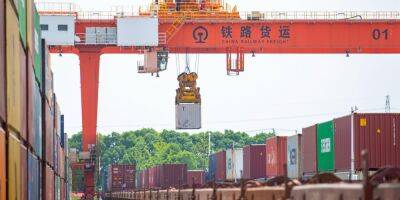6 ways the stablecoin space can improve stability in volatile periods
With a value pegged to another currency, stablecoins in theory maintain steady price levels — hence the name. However, as investors saw in the Terra (LUNA) and UST crashes in May 2022, even stablecoins are subject to diminishing value in times of volatility if underlying pegs are lost or drop in value themselves.
As investors continue to search for reliable instruments in the face of inflation and market uncertainty, enhancing stability in the stablecoin space is an essential effort for attracting continued and new investment. Below, six members of Cointelegraph Innovation Circle discuss practical ways the space can improve stability and reassure investors.
There’s only one solution: Implement strict reserve requirements for the underlying assets supporting the stablecoin, such as a fixed ratio of reserves to the total supply of stablecoins in circulation. This ensures that there is sufficient backing for the stablecoin, reducing the risk of its value deviating from its peg. This reserve must be available for everyone to audit. – Erki Koldits, OÜ Popspot
The cure for instability and uncertainty is radical transparency. Showing verifiable proof of reserves, undergoing independent audits and keeping your back-end systems open-source (when possible) is the best way to calm fears and stabilize what should always be stable. – Jae Yang, Tacen
Looking closely into collateralization can come in handy. There are three forms of collateralization in stablecoins: fiat-based, non-collateralized and crypto-collateralized. When these forms are compared, investing in crypto collateralization might be the safest bet. Since these coins are “over-collateralized,” they can account for price fluctuations, leaving excess reserves in case of a
Read more on cointelegraph.com





